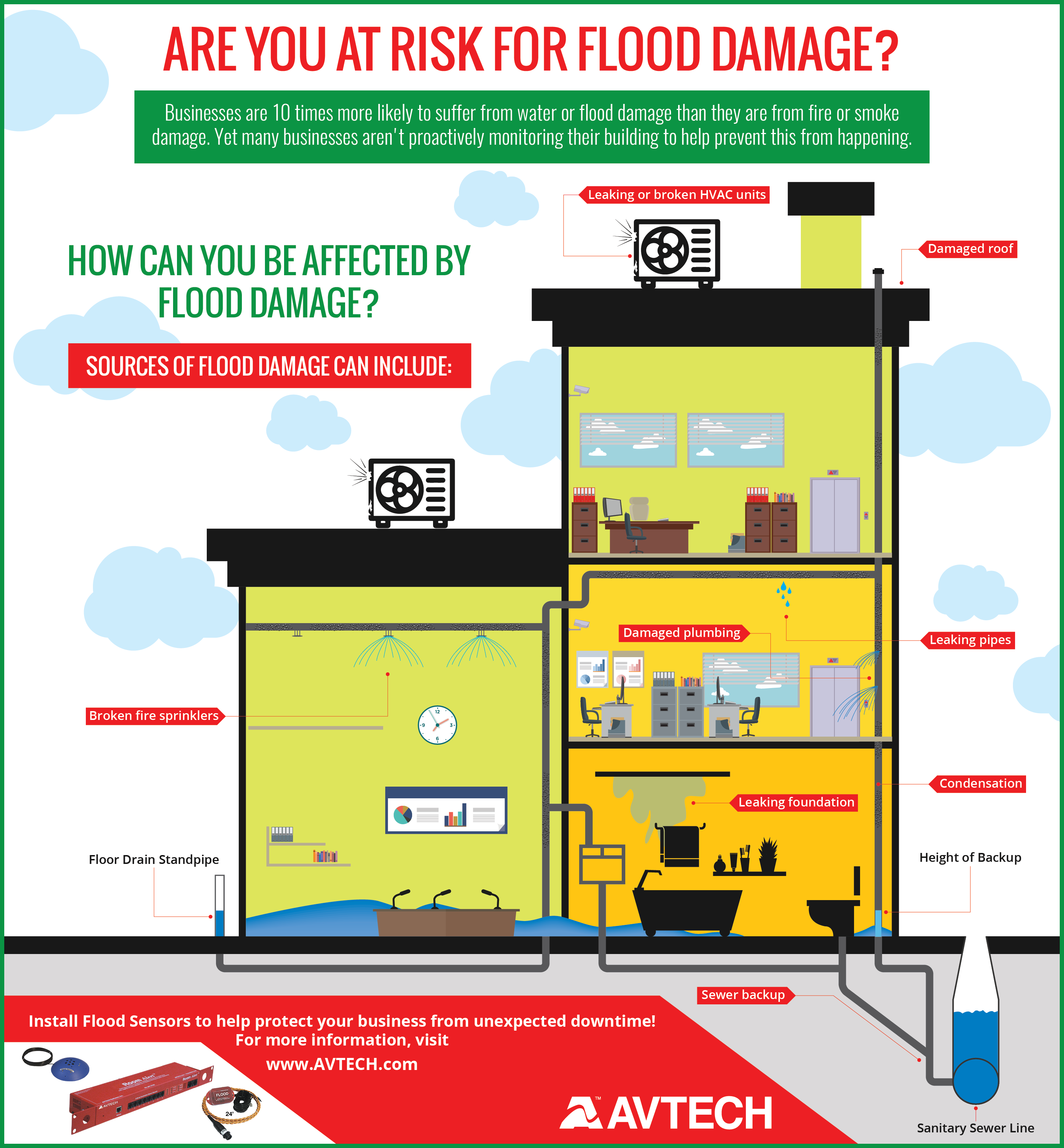Common Risks In Roof Covering Setup And Ways To Sidestep Them
Common Risks In Roof Covering Setup And Ways To Sidestep Them
Blog Article
Created By-Yang Randrup
When you're intending a roof covering installation, it's very easy to neglect essential details that can lead to substantial issues down the line. You may be attracted to cut corners on product selection or avoid proper blinking installment, yet these common mistakes can result in costly repairs later on. Recognizing the significance of air flow and sticking to neighborhood building ordinance is crucial for a successful job. So, what are the vital actions you should require to guarantee your roof covering stands the test of time? Allow's explore some effective approaches to avoid these mistakes.
Poor Material Selection
When it comes to roofing installation, picking the incorrect materials can result in expensive issues down the line. You might assume that any type of roof covering material will certainly do, yet that's a common mistaken belief. It's essential to select materials that suit your regional environment and the details needs of your home.
For example, if you stay in an area with hefty rainfall or snow, going with asphalt tiles may not be the best option. Instead, consider more long lasting options like steel or slate.
In addition, take note of the top quality of the materials you're taking into consideration. Economical materials could save you cash upfront, but they usually lack long life and can result in regular fixings or replacements.
You must likewise consider the style of your home and make certain the materials you select will certainly preserve its visual allure.
Ultimately, do not fail to remember to consult with specialists. They can supply useful insights and recommend products that follow regional building regulations.
Spending time in correct material choice now can aid you stay clear of headaches and expenditures in the future, making your roofing task a success.
Inadequate Flashing Installment
Picking the ideal materials isn't the only element that can bring about roofing problems; poor blinking installment can also develop substantial issues. Flashing is crucial for directing water far from vulnerable locations, such as chimneys, skylights, and roofing system valleys. If it's not installed appropriately, you run the risk of water intrusion, which can bring about mold development and structural damages.
When you install flashing, ensure it's the ideal kind for your roof's design and the regional environment. For instance, steel blinking is often much more durable than plastic in areas with heavy rain or snow. Make sure the blinking overlaps suitably and is protected snugly to avoid voids where water can permeate through.
You should likewise take notice of the setup angle. Flashing should be placed to guide water away from your house, not toward it.
If you're unsure regarding the installation procedure or the materials required, seek advice from an expert. They can aid identify the best blinking options and make certain every little thing is set up appropriately, guarding your home from prospective water damage.
Taking these steps can conserve you time, money, and headaches in the future.
Neglecting Air Flow Needs
While lots of homeowners concentrate on the visual and architectural aspects of roof setup, neglecting ventilation demands can result in serious long-term effects. read full article is crucial for controling temperature level and moisture degrees in your attic, avoiding issues like mold development, wood rot, and ice dams. If you don't mount adequate air flow, you're setting your roof covering up for failing.
To prevent this error, first, assess your home's specific air flow needs. A balanced system normally includes both consumption and exhaust vents to promote air flow. https://earth911.com/home-garden/green-roof-policies-are-a-growing-trend/ have actually set up soffit vents along the eaves and ridge vents at the height of your roofing system. This mix enables hot air to escape while cooler air gets in, keeping your attic room area comfortable.
Additionally, consider the type of roof covering product you have actually chosen. Some products may call for extra air flow methods. Double-check your local building regulations for air flow guidelines, as they can vary significantly.
Finally, do not forget to inspect your ventilation system consistently. Clogs from debris or insulation can hinder airflow, so maintain those vents clear.
Final thought
Finally, staying clear of common roofing installment mistakes is essential to ensuring your roofing system's durability and performance. By picking the right products for your environment, setting up blinking properly, and resolving ventilation needs, you can protect against pricey problems down the road. Do not neglect to familiarize yourself with local building codes and routine regular evaluations. With these actions, you'll take pleasure in a secure, resilient roof covering that safeguards your home for several years to come. Happy roof!
